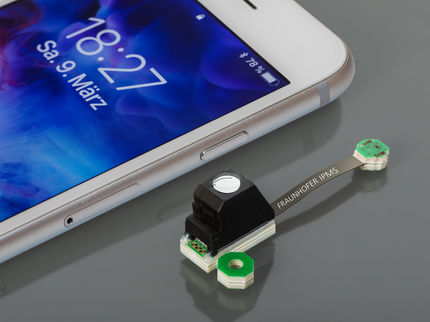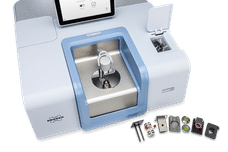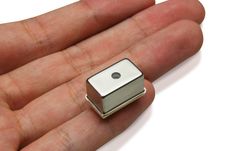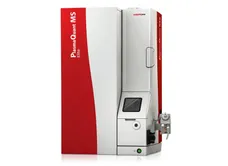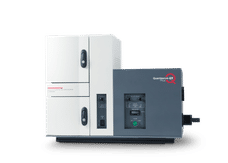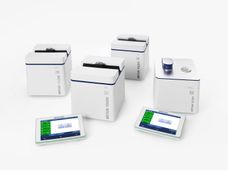Tapping hidden visual information: An all-in-one detector for thousands of colours
A new chip from Aalto University researchers puts photonic information at our fingertips
spectrometers are widely used throughout industry and research to detect and analyse light. Spectrometers measure the spectrum of light – its strength at different wavelengths, like the colours in a rainbow – and are an essential tool for identifying and analysing specimens and materials. Integrated on-chip spectrometers would be of great benefit to a variety of technologies, including quality inspection platforms, security sensors, biomedical analysers, healthcare systems, environmental monitoring tools, and space telescopes.
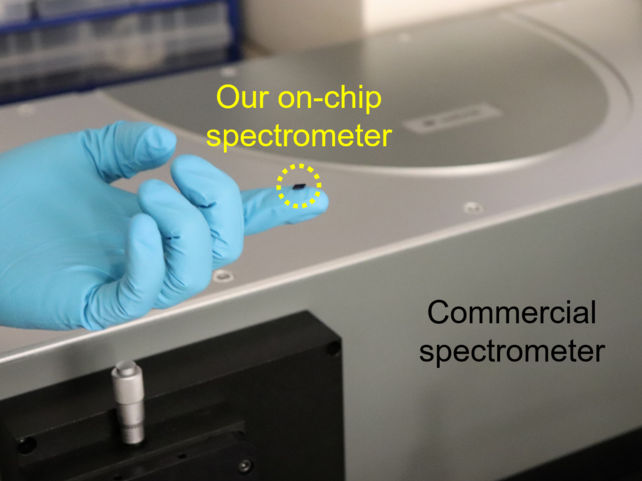
A fingertip-sized on-chip spectrometer in the foreground compared to a commercial benchtop-size spectrometer in the background.
Aalto University
An international research team led by researchers at Aalto University has developed high-sensitivity spectrometers with high wavelength accuracy, high spectral resolution, and broad operation bandwidth, using only a single microchip-sized detector. The research behind this new ultra-miniaturised spectrometer was published in the journal Science.
‘Our single-detector spectrometer is an all-in-one device. We designed this optoelectronic-lab-on-a-chip with artificial intelligence replacing conventional hardware, such as optical and mechanical components. Therefore, our computational spectrometer does not require separate bulky components or array designs to disperse and filter light. It can achieve a high resolution comparable to benchtop systems but in a much smaller package,’ says Postdoctoral Researcher Hoon Hahn Yoon.
‘With our spectrometer, we can measure light intensity at each wavelength beyond the visible spectrum using a device at our fingertips. The device is entirely electrically controllable, so it has enormous potential for scalability and integration. Integrating it directly into portable devices such as smartphones and drones could advance our daily lives. Imagine that the next generation of our smartphone cameras could be fitted with hyperspectral cameras that outperform colour cameras,’ he adds.
Shrinking computational spectrometers is essential for their use in chips and implantable applications. Professor Zhipei Sun, the head of the research team, says, ‘Conventional spectrometers are bulky because they need optical and mechanical components, so their on-chip applications are limited. There is an emerging demand in this field to improve the performance and usability of spectrometers. From this point of view, miniaturised spectrometers are very important to offer high performance and new functions in all fields of science and industry.’
Professor Pertti Hakonen adds that ‘Finland and Aalto have invested in photonics research in recent years. For example, there has been great support from the Academy of Finland's Centre of Excellence on quantum technology, Flagship on Photonics Research and Innovation, InstituteQ, and the Otanano Infrastructure. Our new spectrometer is a clear demonstration of the success of these collaborative efforts. I believe that with further improvements in resolution and efficiency, these spectrometers could provide new tools for quantum information processing.’
Original publication
Other news from the department science
These products might interest you

Get the analytics and lab tech industry in your inbox
By submitting this form you agree that LUMITOS AG will send you the newsletter(s) selected above by email. Your data will not be passed on to third parties. Your data will be stored and processed in accordance with our data protection regulations. LUMITOS may contact you by email for the purpose of advertising or market and opinion surveys. You can revoke your consent at any time without giving reasons to LUMITOS AG, Ernst-Augustin-Str. 2, 12489 Berlin, Germany or by e-mail at revoke@lumitos.com with effect for the future. In addition, each email contains a link to unsubscribe from the corresponding newsletter.
Most read news
More news from our other portals
Last viewed contents
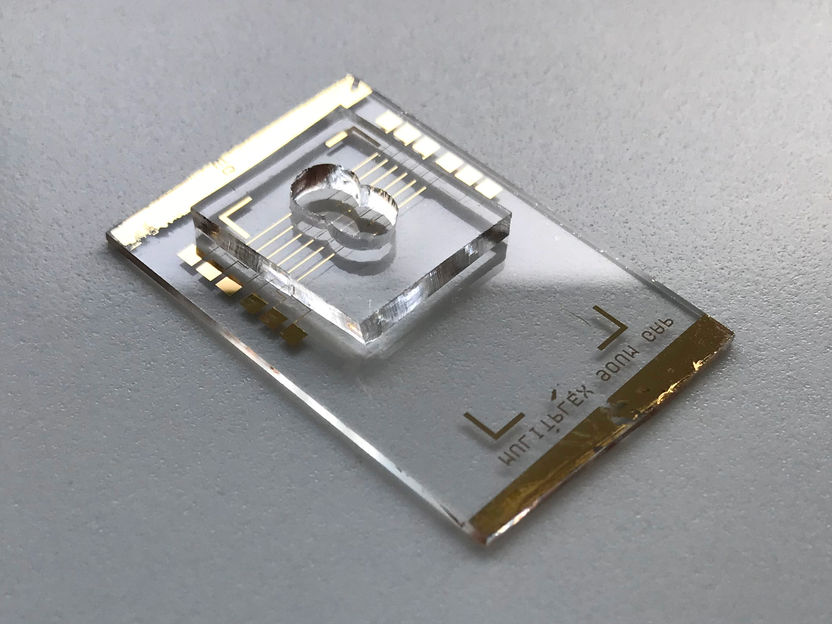
Nanobiosensor Developed for Detecting SARS-CoV-2 - New sensor technology breakthrough against the pandemic

New approach for fast and cost-effective pathogen detection - Palm-sized test system that can simultaneously carry out up to thirty-two analyses of one sample
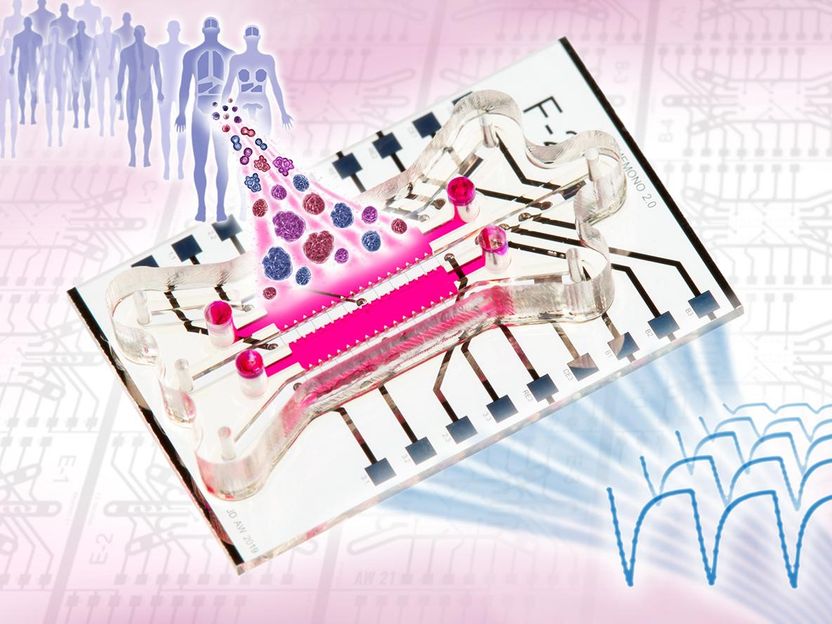
3D tissue structures on the chip act as organs in miniature - New organ-on-chip system enables precise monitoring of 3D tumour tissue outside the body
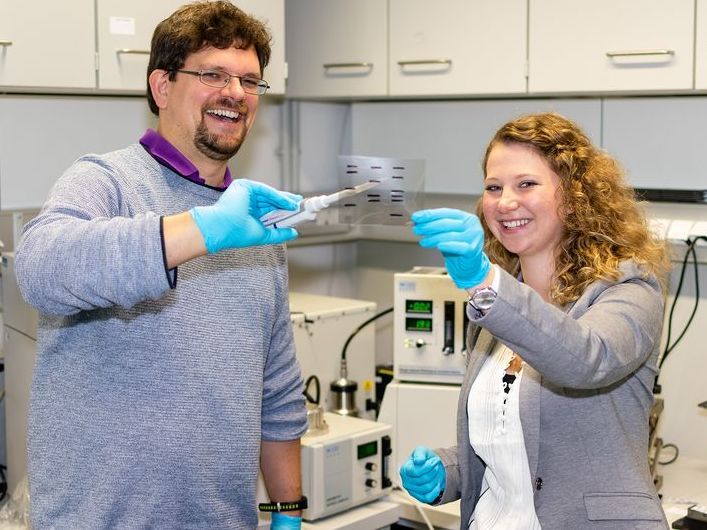
Researchers have succeeded for the first time in analyzing nanovesicles and proteins in parallel - This is important to determine the quality of a sample and to clearly attribute effects to the transport vesicles

